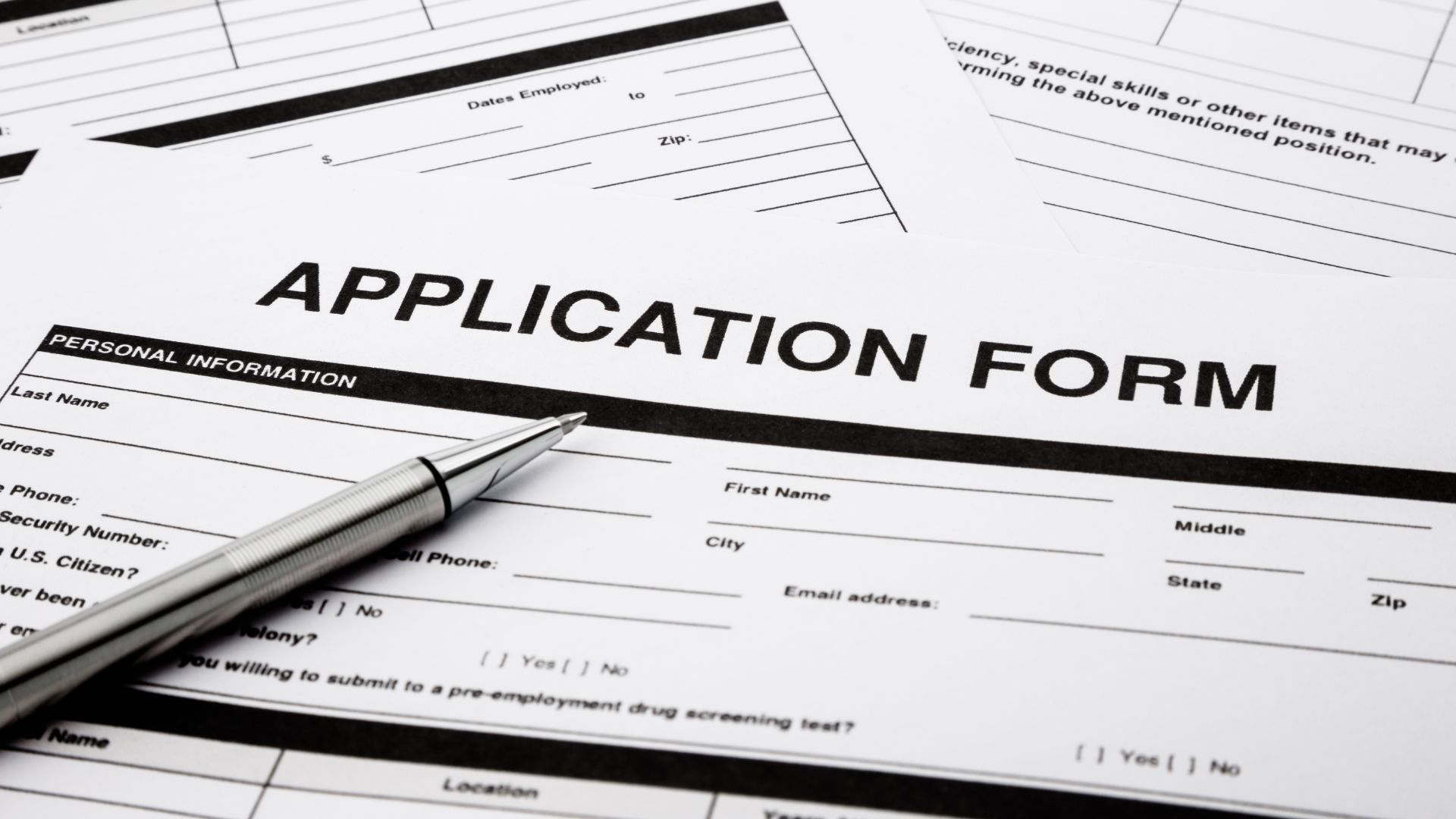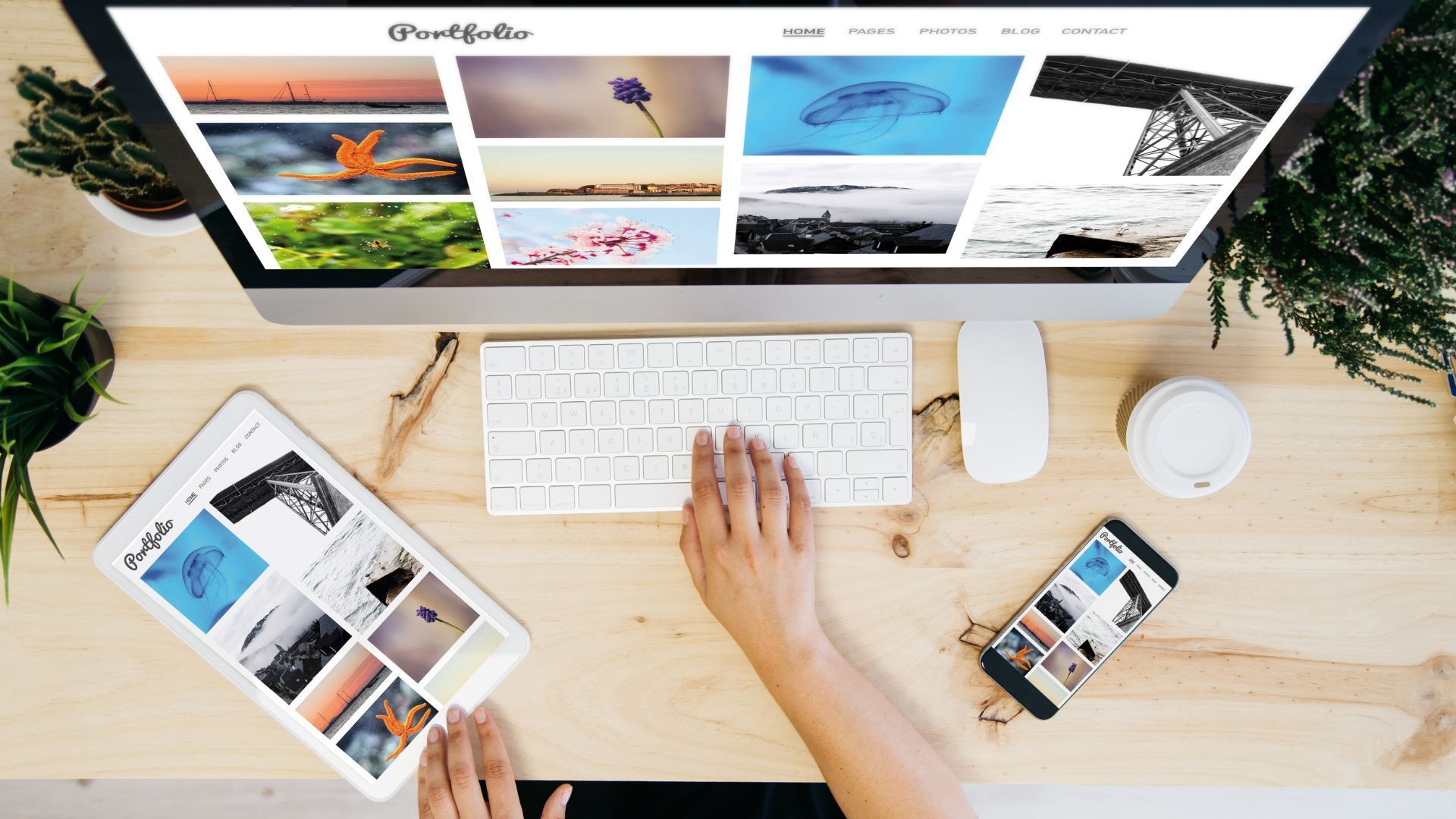
How to Ace Your Graphic Design Job Interview in 2025

The graphic design industry is evolving rapidly, with hiring managers looking beyond creativity to assess problem-solving skills, adaptability, and communication. A well-structured portfolio and strong interview skills can make all the difference in securing a role in this competitive field.
Recent industry insights show that employers are increasingly valuing practical experience and soft skills in addition to technical proficiency. With the rise of digital design tools and AI-assisted workflows, companies expect candidates to showcase not just their artistic abilities but also their ability to work in fast-paced, collaborative environments.
According to hiring trends:
Employers are prioritising strong portfolios that showcase a designer’s process, not just final results.
Adaptability and the ability to navigate client feedback are key to standing out.
Proficiency in industry-standard software like Adobe Suite, AutoCAD, and Revit is essential.
Soft skills like clear communication and problem-solving are becoming as important as technical expertise.
With these expectations in mind, how can graphic designers prepare for interviews to make the best impression?
“You need to know what type of design the firm specialises in [...]"
In a recent discussion, Hannah Slee, Recruitment Manager at people2people, spoke with Maddy Laing, Senior Consultant, about the key elements that make a candidate stand out in graphic design interviews.
One of the first points discussed was the importance of understanding the company and role before the interview. Maddy explained: “You need to know what type of design the firm specialises in—whether that’s residential, commercial, or hospitality—because each requires a very different approach.”
Beyond just understanding the company’s work, candidates must align their experience with the firm’s projects. Maddy advised: “I always tell candidates to research past projects and reference them during the interview. Saying something like, ‘I saw your firm worked on this project recently, and I really enjoyed how you used open-concept layouts,’ shows you’ve done your homework and understand their style.”
The conversation also highlighted the importance of a strong, structured portfolio. Instead of overwhelming interviewers with dozens of projects, designers should focus on four to six high-quality pieces that demonstrate their process. Maddy pointed out: “Quality over quantity—employers want to see the journey, from sketches and mood boards to final outcomes.”
Technical skills are, of course, crucial, but how a candidate presents their work in an interview is equally important. Maddy noted: “Employers want to hear about your problem-solving process. Did a client change their mind mid-project? How did you adapt? Show that you can navigate challenges and still produce great work.”
Another major factor is handling client feedback professionally. Graphic designers must balance their creative vision with the client’s needs, which requires adaptability. Maddy suggested using specific examples: “If a client requested last-minute changes, explain how you adjusted the design while maintaining its integrity. Employers want to know you can take feedback constructively.”
Lastly, the discussion covered common interview questions designers should prepare for. Hannah pointed out that the classic “Tell me about yourself” question is often underestimated: “Keep it concise—focus on your design journey, major milestones, and where you want to go next. Avoid lengthy backstories; instead, highlight relevant experiences that tie into the role.”
Key Strategies to Stand Out in Graphic Design Interviews
With competition in the industry rising, candidates must approach interviews strategically. Here are some essential tips to improve your chances of landing your next design role:
Customise Your Portfolio – Tailor your portfolio to the job you’re applying for, selecting projects that align with the company’s work.
Show Your Process, Not Just Final Designs – Employers want to see how you think and solve problems, so include sketches, wireframes, or revisions in your portfolio.
Prepare for Common Interview Questions – Have clear answers for questions like “What is your design process?” and “How do you handle client revisions?”
Highlight Soft Skills – Communication, adaptability, and teamwork are just as crucial as your technical ability.
Stay Up to Date on Design Trends – Familiarise yourself with emerging trends, such as AI integration in design, to showcase your industry awareness.
Be Honest About Your Skills – If you’re not an expert in a certain tool, admit it—but express your willingness to learn.
Practice Explaining Your Work – Walk interviewers through your design decisions clearly and confidently.
By following these strategies, designers can position themselves as strong candidates in a competitive hiring landscape. Are you ready to ace your next graphic design interview?
Find the job you love I Find the right talent
Get in touch with people2people
Australia
I United Kingdom
In business since 2002 in Australia, NZ, and the United Kingdom, people2people is an award-winning recruitment agency with people at our heart. With over 12 offices, we specialise in accounting and finance, business support, education, executive, government, HR, legal, marketing and digital, property, sales, supply chain, and technology sectors. As the proud recipients of the 2024 Outstanding Large Agency and Excellence in Candidate Care Awards, we are dedicated to helping businesses achieve success through a people-first approach.
Recent articles





Latest Media Features
List of Services
-
Burnout Crisis: 2 in 5 workers already burnt outBurnout Crisis: 2 in 5 workers already burnt out
Ultra 106five
March 28, 2025 -
Friendship in the workplace: Do employees want to be friends?Friendship in the workplace: Do employees want to be friends?
Human Resources Online
March 28, 2025 -
Dry promotions': Australian employees given new titles with no pay hikeDry promotions': Australian employees given new titles with no pay hike
Human Resources Director
Janurary 10, 2025
Get in touch
Find out more by contacting one of our specialisat recruitment consultants across Australia, New Zealand, and the United Kingdom.
Copyright © 2025, people2people
people2people partners with
CarbonInvoice to measure and mitigate any carbon emissions associated with the work we do.
Specialisations
Locations
Resources



